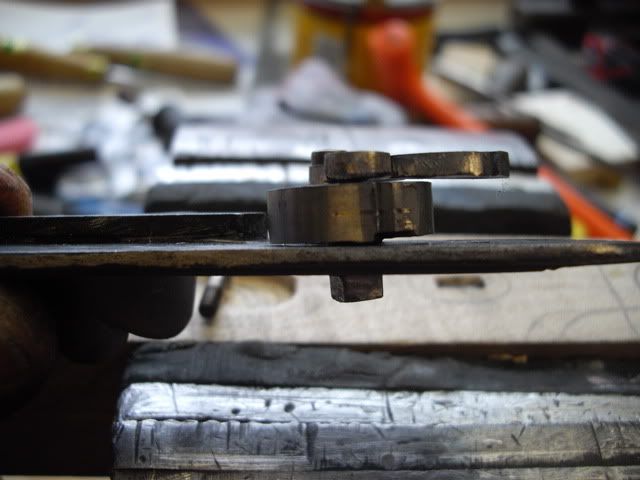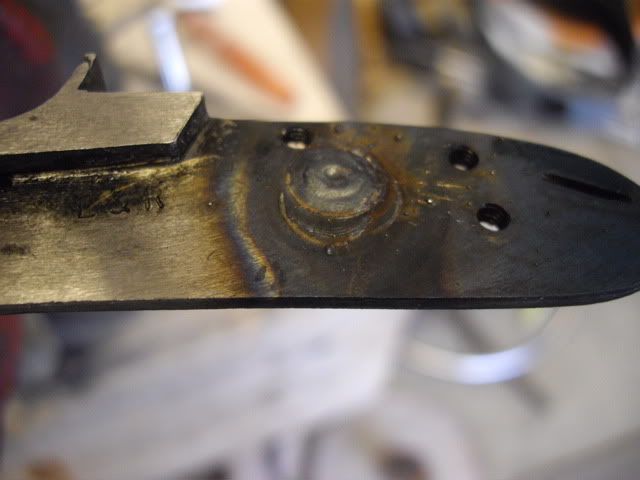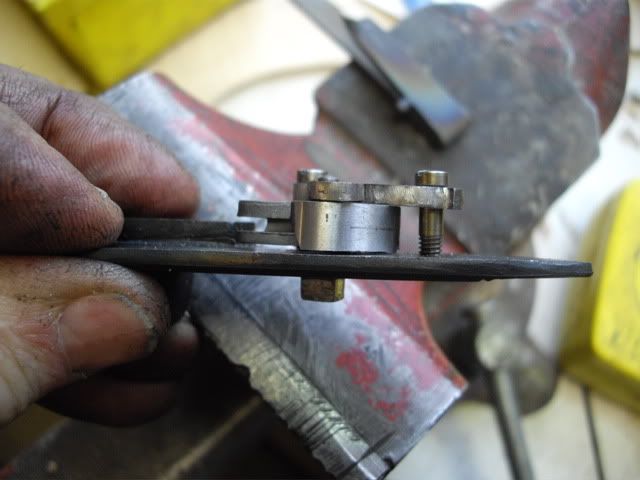S.kenton said:
I just got my first flinter..I'ts an Austin Halleck. I have not shot it yet..nor took any pics of it.
The rifle is a half stock 50 cal. flinter, some of you may have seen it in our classifed ads.
Anyhow what does the term " tuning" mean in flintlock terms?
Its something that is usually done case by case depending on the state of the lock being "tuned".
Usually it means perhaps changing the relationship of the cock to the frizzen and/or adjusting springs, which are often too weak or sometimes too strong.
It can be as little as some polishing to as much as welding up misplaced holes and making new springs and other parts.
Example.
Tumbler hole is so misaligned the lock is not really safe and certainly not durable due to sear/sear notch misalignment.
Weld hole drill and ream. Turn tumbler shaft in lathe to clean casting marks and fit new hole.
Sear now engages tumbler notches correctly.
Also needed mainspring and frizzen spring rearched.
However, the lock, unless it has gross errors, should be considered OK until
proven otherwise. While someone experienced with the lock might know what it needs the neophyte would not. So shoot the rifle and see how it works. If its not broke there is not need to fix.
I am a incurable tinkerer and recently made some quick and easy adjustments to a Chambers lock :nono: and had to put it back the way it came. So its possible to overthink things...
Note:
Flintlocks have a learning curve and having an experienced FL shooter to consult and even shoot the rifle a few times can be a great help.
Dan







